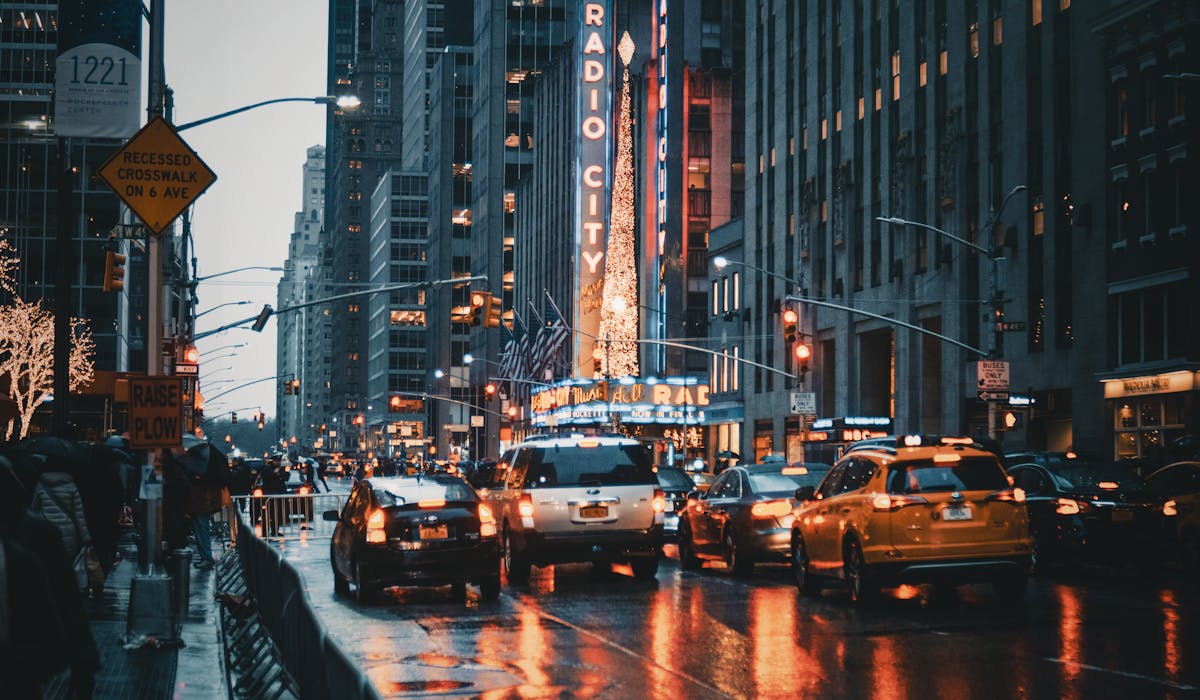An Unbiased View of Framing Streets
Table of ContentsThe Best Guide To Framing StreetsSome Ideas on Framing Streets You Should KnowThe 10-Second Trick For Framing StreetsExcitement About Framing StreetsSome Known Details About Framing Streets The Buzz on Framing Streets
Digital photography genre "Crufts Pet dog Program 1968" by Tony Ray-Jones Street digital photography (also often called candid digital photography) is photography performed for art or questions that features unmediated possibility experiences and random cases within public places, generally with the goal of recording pictures at a decisive or emotional moment by careful framework and timing. 
The Single Strategy To Use For Framing Streets
Susan Sontag, 1977 Road photography can concentrate on people and their habits in public. In this respect, the road professional photographer is similar to social documentary digital photographers or photographers that likewise operate in public areas, yet with the aim of recording newsworthy occasions. Any one of these digital photographers' photos may catch people and home visible within or from public areas, which usually requires browsing moral problems and laws of privacy, safety, and property.
Representations of day-to-day public life develop a category in almost every duration of globe art, beginning in the pre-historic, Sumerian, Egyptian and very early Buddhist art periods. Art taking care of the life of the road, whether within views of cityscapes, or as the leading motif, appears in the West in the canon of the North Renaissance, Baroque, Rococo, of Romanticism, Realistic look, Impressionism and Post-Impressionism.
Framing Streets Things To Know Before You Buy
Louis Daguerre: "Boulevard du Temple" (1838 or 1839) In 1838 or 1839 the first picture of figures in the street was taped by Louis-Jacques-Mand Daguerre in among a set of daguerreotype sights drawn from his workshop home window of the Boulevard du Temple in Paris. The 2nd, made at the height of the day, shows an uninhabited stretch of road, while the various other was taken at concerning 8:00 am, and as Beaumont Newhall records, "The Boulevard, so regularly loaded with a relocating throng of pedestrians and carriages was completely singular, except a person that was having his boots brushed.
, that was motivated to undertake a comparable documents of New York City. As the city created, Atget assisted to promote Parisian streets as a deserving topic for photography.

How Framing Streets can Save You Time, Stress, and Money.
In between 1946 and 1957 Le Groupe des XV each year displayed job of this kind. Andre Kertesz. Circus, Budapest, 19 May 1920 Road digital photography formed the significant web content of two exhibitions at the Gallery of Modern Art (Mo, MA) in New york city curated by Edward Steichen, Five French Professional Photographers: Brassai; Cartier-Bresson, Doisneau, Ronis, Izis in 1951 to 1952, and Post-war European Digital Photography in 1953, which exported the concept of street digital photography globally.

Excitement About Framing Streets
The recording machine was 'a surprise cam', a 35 mm Contax concealed underneath his coat, that was 'strapped to the breast and connected to a lengthy cable strung down the best sleeve'. Nevertheless, his work had little contemporary impact as as a result of Evans' sensitivities regarding the originality of his project and the privacy of his subjects, it was not published until 1966, in the publication Numerous Are Called, with an introduction written by James Agee in 1940.
Helen Levitt, after that an educator of kids, associated with Evans in 193839. She documented the temporal chalk drawings - copyright Camera that became part of youngsters's street culture in New york city at the time, in addition to the kids who made them. In July 1939, Mo, MA's new photography area consisted of Levitt's operate in its inaugural eventRobert Frank's 1958 book,, was considerable; raw and typically indistinct, Frank's images go to this site examined mainstream digital photography of the time, "challenged all the formal policies laid down by Henri Cartier-Bresson and Walker Evans" and "flew in the face of the wholesome pictorialism and sincere photojournalism of American publications like LIFE and Time".